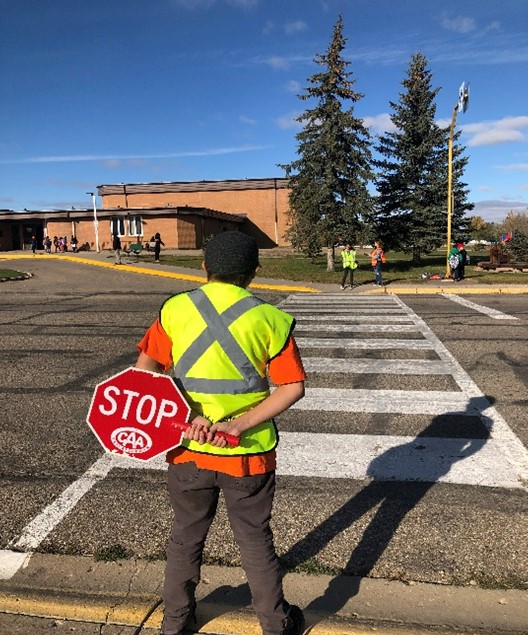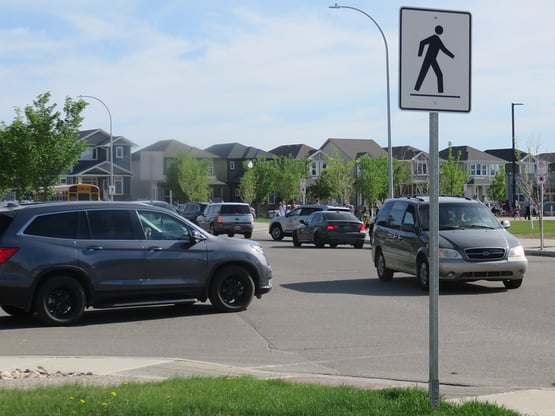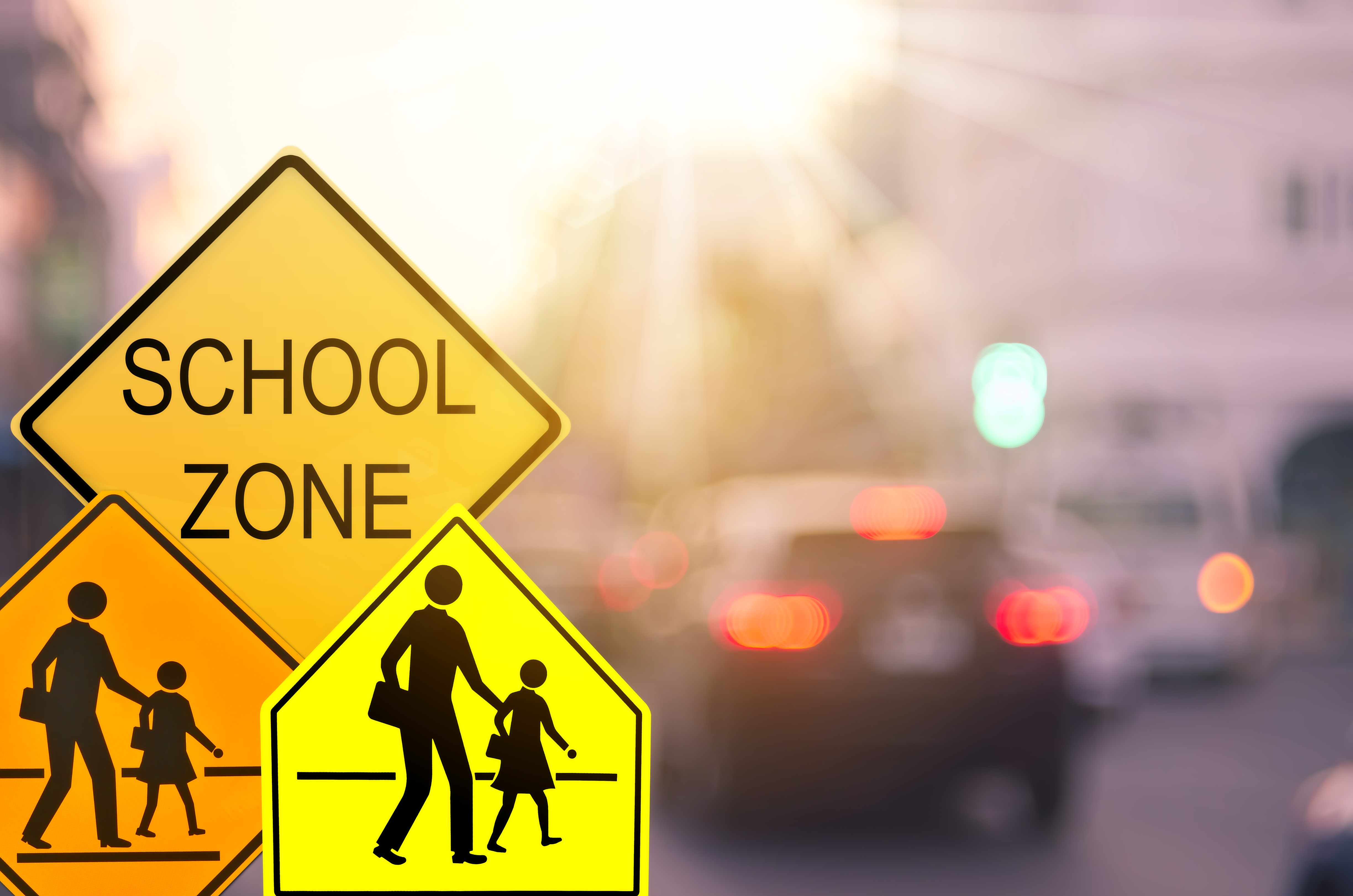According to a national poll conducted by CAA in August 2019, more than 92% of parents said that they had noticed one or more bad driving behaviours.
Some of the top reported behaviours included driving over the speed limit, illegally parking, and stopping in a school zone.
But that's not all. A CAA School Travel Study that was done in June 2022 shows that school zones remain unsafe. The study found that nearly 30% of drivers have witnessed a near miss or collision in a school zone.
These unsafe driving practices in school zones can have dire consequences and most if not all can be prevented. Here are 7 ways to help keep our school zones safe:
1. Do not walk, cycle, or drive distracted
Driving, cycling, and walking distracted are dangerous. Drivers who text are 23 times more likely to be involved in a crash or a collision than non-distracted drivers.
Therefore, whether you are a student, pedestrian, cyclist, or motorist, always keep your head up and your phones or electronic devices down.
2. Teach children about the rules of the road
While you’re on the road, make it a family affair and teach your children the rules of the road to help keep them safe. Teach them to stop, look both ways, and to listen and think before crossing the street.
As a parent or caregiver, you must decide on a walking route to school with your children. Be sure to point out crosswalks, stop signs, landmarks, and family or friends’ homes.
Furthermore, you must not park your vehicle in a “no stopping” zone or any other place illegally.
Instead, park it a couple of blocks away to avoid any traffic congestion and safely walk the rest of the way with your children.
3. Think before crossing the street
While crossing a street, always stop first, look both ways, listen for any unusual noise, and only cross once you think it is safe to do so.
As a student or pedestrian, it’s important to keep your head up and be aware of your surroundings. Walk on the sidewalk and only cross at street corners with traffic lights or at a crosswalk.
It’s also important to make eye contact with the driver before proceeding into the intersection. This gives them a clear indication to slow down and allow you to cross.
Never run out in traffic or between parked cars, buses, or buildings. If you love cycling, then visit caask.ca/bikesafety to learn more about bike safety.
4. Observe and obey the posted speed limits
As motorists, it’s your responsibility to slow down in school zones and obey the posted speed limit.
Always stay alert and watch out for children near schools, parks, and playgrounds. Be aware of the CAA School Safety Patrollers on duty as well.
5. Be cautious around school buses
As motorists, it is crucial to respect busing lanes and signals.
Be on the alert for students crossing the road after they step off from the school bus. Drivers should always stop for a school bus when they see the red lights flashing.

6. Start a CAA School Safety Patrol program
CAA Saskatchewan provides everything coordinators need to start and run a CAA School Safety Patrol Program at their elementary school.
We provide all equipment, at no charge, including reflector vests, stop paddles, Captain and Lieutenant pin, and training materials for coordinators and patrollers.
To start a CAA School Safety Patrol program at your school, visit caask.ca/patroller.
7. Be prepared when entering a school zone
We all must take responsibility to help keep our children safe in school zones. Let’s remember, it takes time for a car to come to a complete stop. Excited children aren’t always watching for vehicles. They could be visiting with their friends or looking elsewhere and not paying attention.
Along with support from schools and law enforcement, CAA Saskatchewan has a School Zone Safety Assessment App that allows schools to identify, track, and collect unsafe driving, pedestrian, and cyclist behaviours in school zones.
The data collected by the CAA School Zone Safety Assessment App is shared with school staff and law enforcement to help make safety improvements in school zones.
Based on previous assessments, the top risky motorist behaviours include:
- Parking or stopping in a no-stopping zone.
- Unsafe drop off and pick up of students.
- Speeding.
The top risky pedestrian behaviours include:
- Jaywalking.
- Failing to look both ways when crossing the street.
- Crossing between parked cars.
And finally, the top risky cyclist behaviours include:
- Not wearing a helmet.
- Not signaling intentions.
- Cycling on the wrong side of the road (against traffic).

As a driver, you must always be alert. Always keep a lookout for pedestrians as well and physically react by pushing on the brake pedal if (and when) they’re crossing.
To learn more about school zone safety and to conduct a school zone assessment for your school, visit caask.ca/schoolzonesafety.

